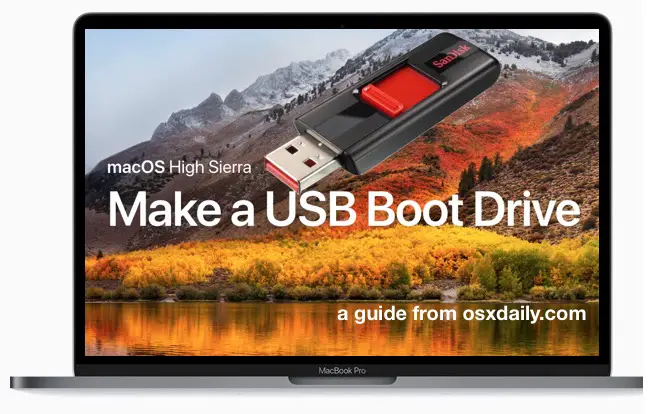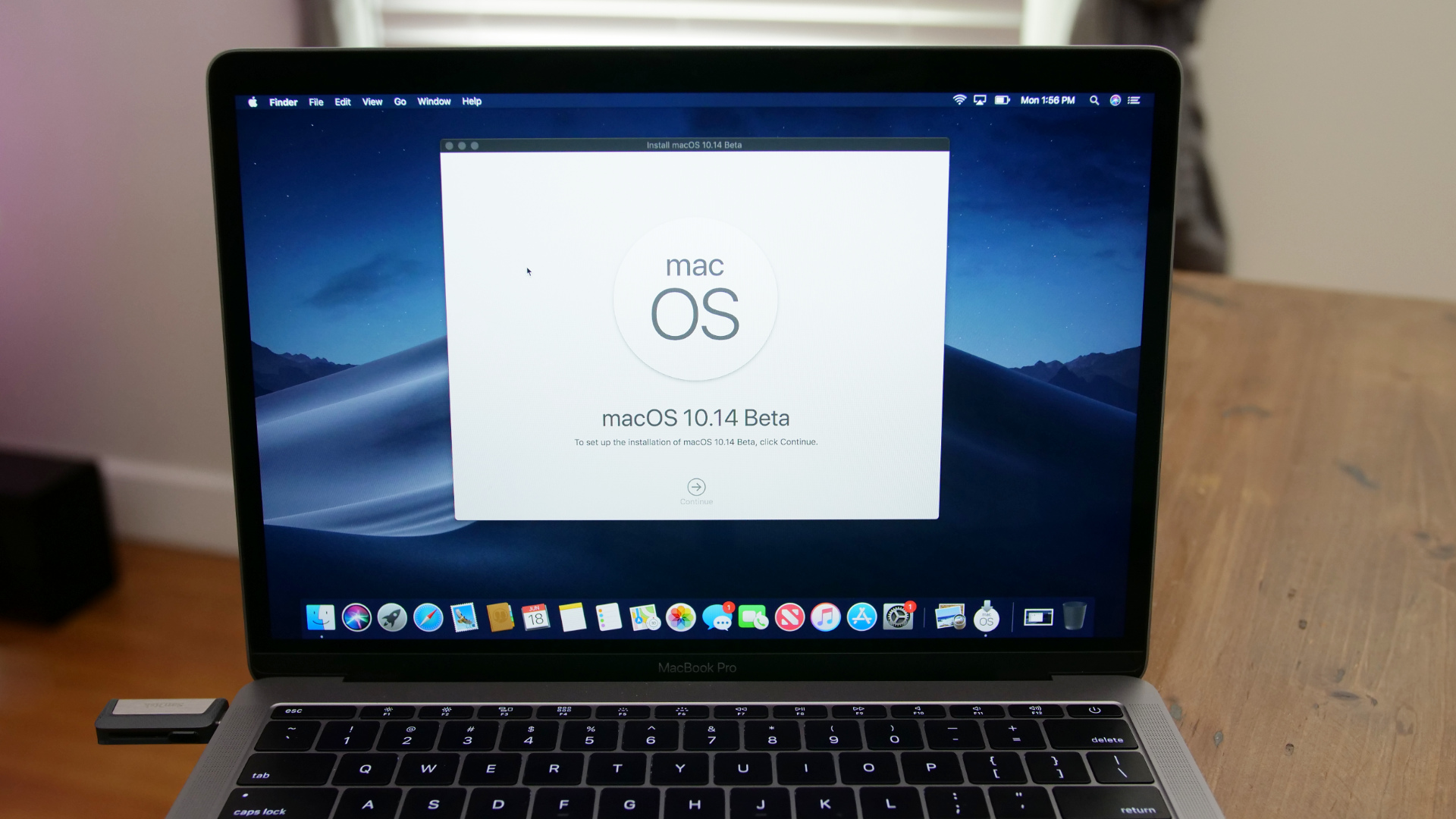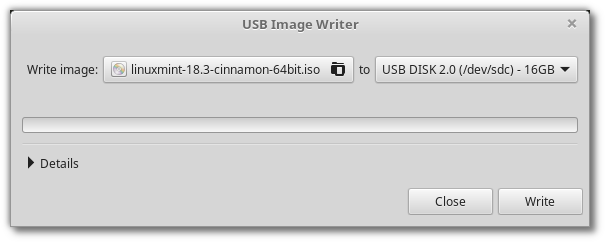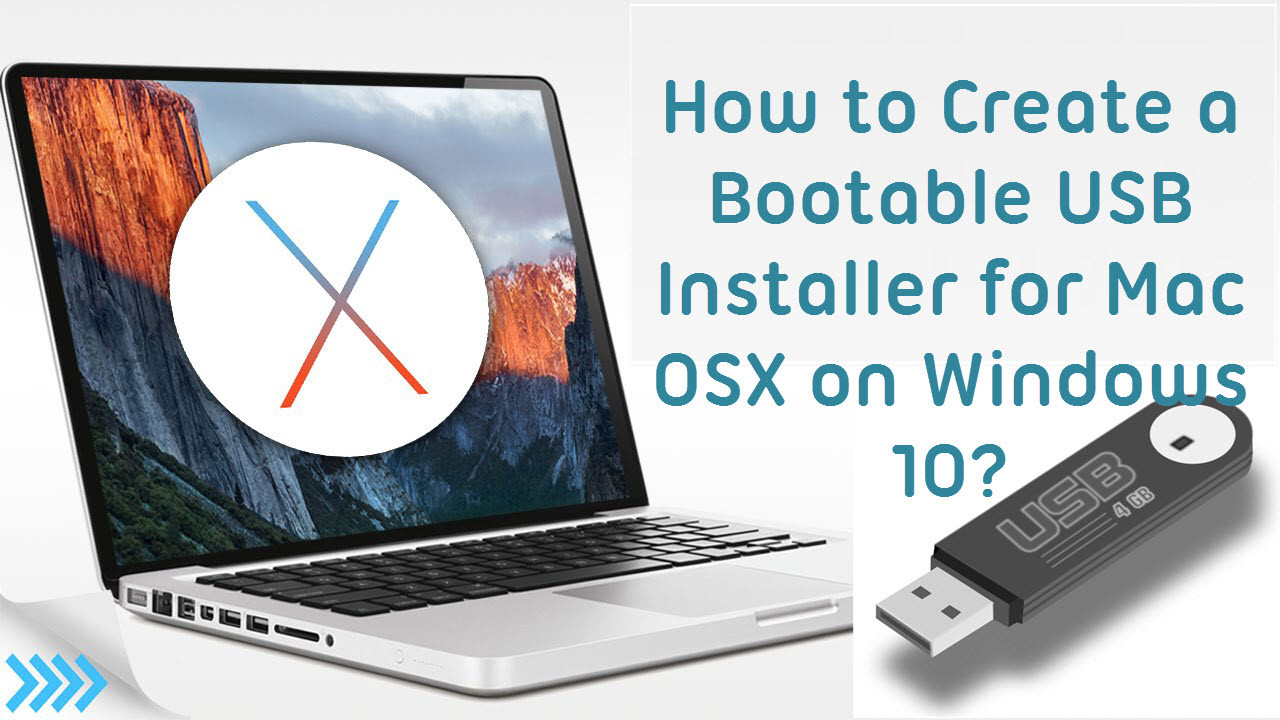

- #Create a bootable mac usb how to#
- #Create a bootable mac usb install#
- #Create a bootable mac usb update#
- #Create a bootable mac usb iso#
- #Create a bootable mac usb download#
To reinstall macOS when there’s no internet connection.
#Create a bootable mac usb download#
This way, you won’t need to wait for the macOS version to download from the web on each of your computers.
#Create a bootable mac usb install#
If you have more than one Mac and want to install a new macOS on all of them, you can use a bootable USB macOS installer to speed up the process.
#Create a bootable mac usb update#
If you want to update your Mac but are not sure whether a particular app will run on the new macOS, or if you simply want to see how a beta operating system version works before choosing to switch to it completely, it’s possible to keep the previous macOS version and install the other one on a separate APFS volume. If you want to reset your device and make it look as if it’s new, you can create a Mac bootable USB installer, format the internal drive, boot your Mac from that flash drive, and install the new operating system.
#Create a bootable mac usb how to#
So, what do you need to make a bootable USB on a Mac, and how to do it? Let’s dive right into this question. But the truth is, the process of creating a bootable installer for macOS is pretty straightforward and takes just a few clicks of the mouse. You might think that creating such a drive is complicated and something that only a tech-savvy might handle. Whether you want to dual-boot your Mac, have to install the new macOS version on multiple computers (and don’t want to spend hours doing it), or need to reinstall the operating system on your Mac, a bootable USB installer has you covered.
#Create a bootable mac usb iso#
Once it’s completed you can exit Terminal and remove the USB key from your OS X machine, it should now be able to bootup your ISO on another machine. On the command line we specify the Input File using if= and the Output File using of= and dd will copy the data from input to output, block by block. Next use dd command to copy the image over: : dd if=./ of=/dev/rdisk1 bs=1m

Update 2: Specifying a blocksize of 1m will also significantly speed things up. This is accomplished by simply prepending ‘r’ to the device so that /dev/disk1 is going to become /dev/rdisk1 Update: We want to use the RAW disk device so that our copy will happen much faster because the RAW disk device provides unbuffered access to the device (See this Apple mailing list post for more info).

First identify your disk device path by: : diskutil listĢ: Apple_HFS Macintosh HD 249.7 GB disk0s2 Reading Debian 6.0.7 amd64 1 (Apple_ISO : 1)…Ĭreated: /Users/evan/Downloads/debian-6.0.įinally you need to copy the image to your USB drive. Next you need to prepare ISO image by following the below command: : hdiutil convert -format UDRW -o debian-6.0.7-amd64-netinst.img debian-6.0.7-amd64-netinst.iso It is not required and you can skip it if you’d rather just unmount the volumes yourself. The purpose of doing this is mainly to ensure that the USB key is in a consistent known state and also to ensure that any volumes are not mounted by OS X.

The easiest way is to right click on the. Answers without enough detail may be edited or deleted. Want to improve this post? Provide detailed answers to this question, including citations and an explanation of why your answer is correct.


 0 kommentar(er)
0 kommentar(er)
